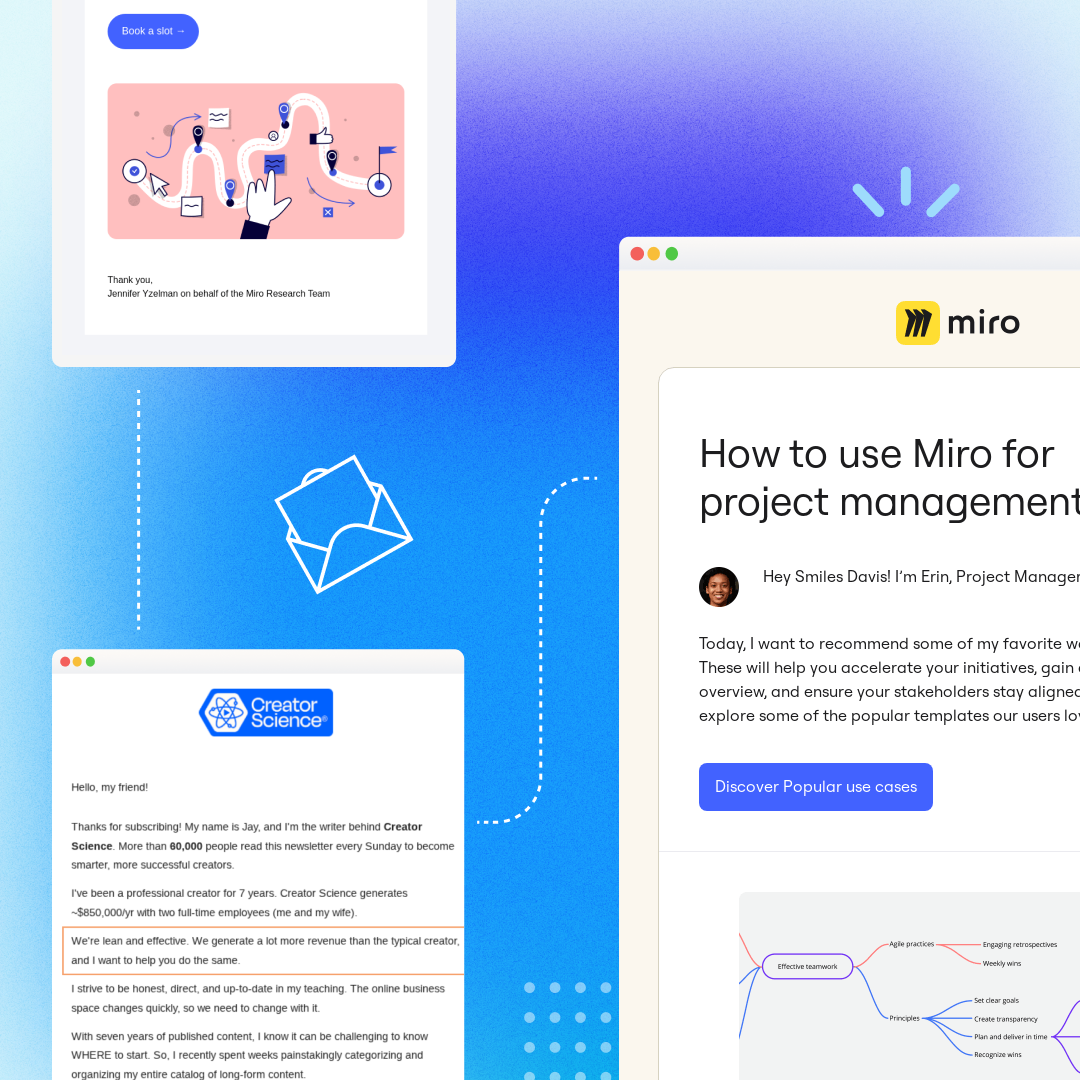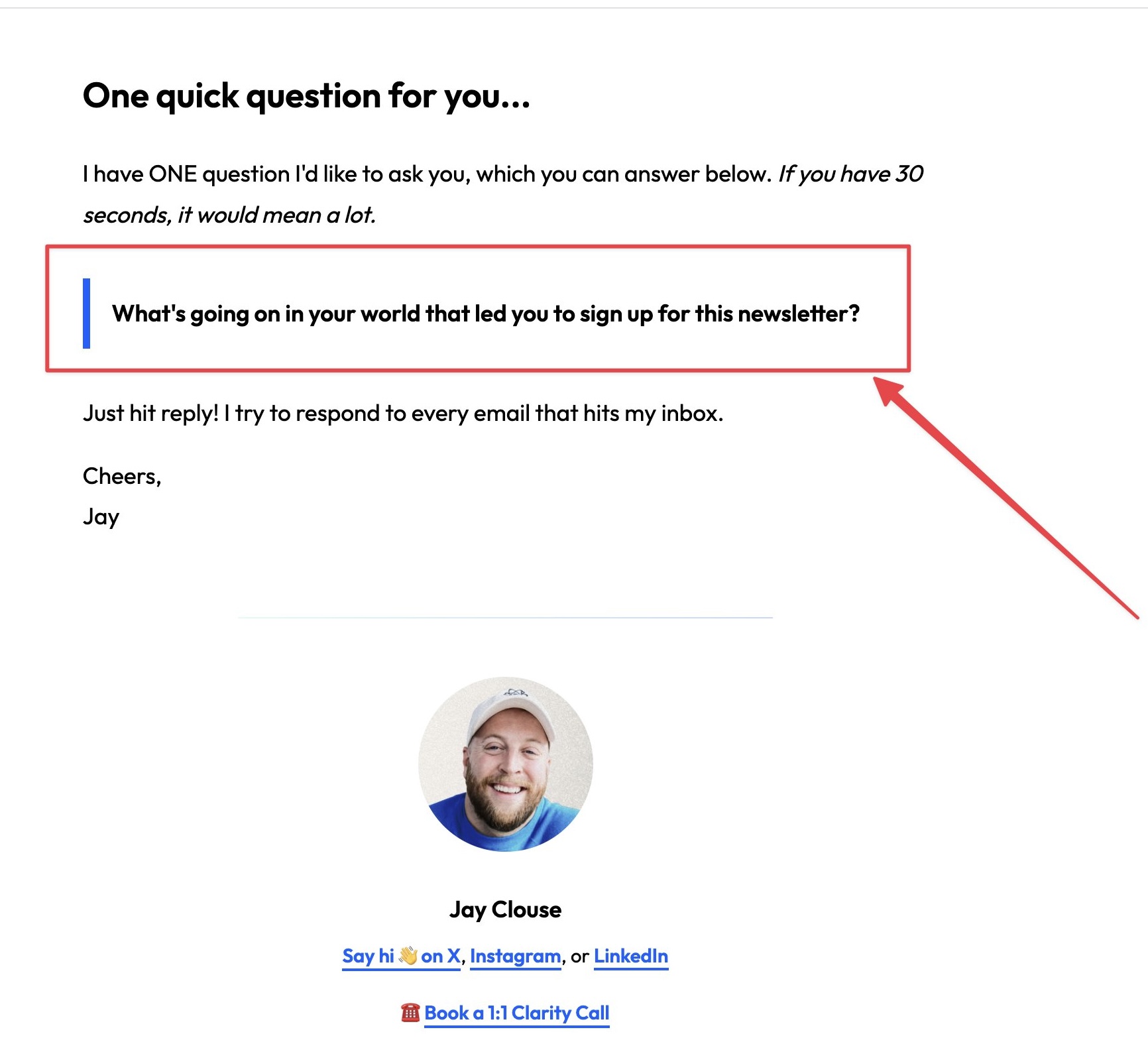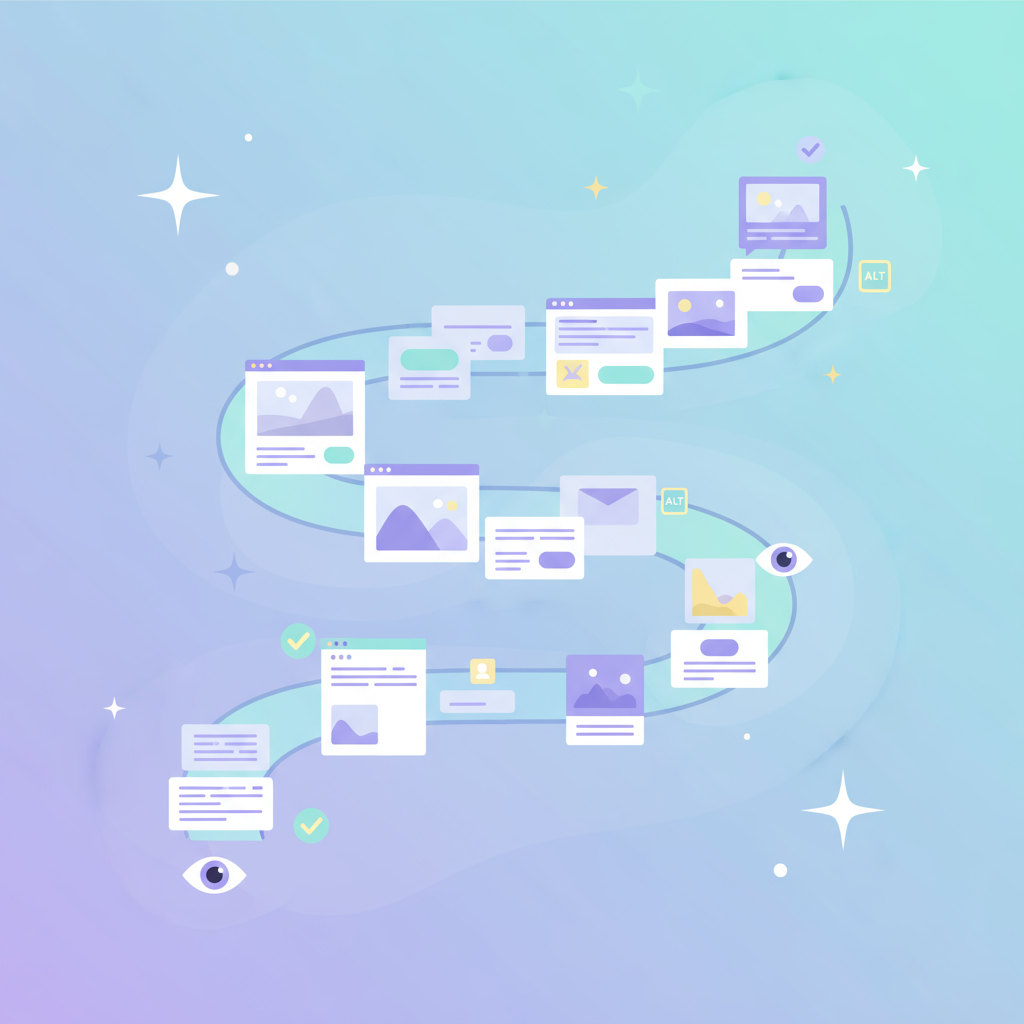
Sure, not all creator emails are bursting with value, but there are some worth their weight in gold. Email readers are excited to read.
For B2B marketers who want to produce stand-out emails, this matters. If you’ve been in B2B marketing long enough, you’ve noticed common themes. You’ve seen formal, templated emails written in the brand’s “voice.” You’ve seen these emails blasted to a list that feels more like a database than an audience.
It’s safe. It’s scalable. It’s how B2B brands have always done email marketing. But if your open rates are in a slump, it could be time to consider a different approach.
This guide explores four lessons from creator-led marketing that can help you make your emails more engaging, more effective, and ultimately more profitable.
What’s hurting B2B email performance?
And no, it's not that email is dead. It could just be that your B2B marketing strategies just haven’t evolved with your buyers' needs.
Today’s business buyers don’t want more sales pitches in their inboxes. They want content that feels personal, useful, and maybe even enjoyable.
What makes creators the best people to learn from? Creators grow audiences by consistently engaging in a personal and human way. They don’t just send updates. They start conversations. They build relationships. They make their subscribers feel seen, heard, and valued. That’s exactly what today’s B2B emails are missing. Those creators who partner with membership platforms like Uscreen can turn that engagement into revenue while refining how they connect with their subscribers.
4 lessons for B2B brands to learn from creator-led email marketing
1. Lead with authenticity, not just authority
Creators aren’t trying to impress you with jargon. They’re trying to connect with you. They understand that meeting audiences where they are is the most important step towards winning trust and, later, wallet share.
Two of the most powerful tactics creators use to win trust are vulnerability and transparency. When creators share their real experiences—successes and setbacks—it builds trust. And trust translates into action.
Creators often sell products that solve problems they need to solve. And there’s no stronger proof than a message that resonates with an audience trying to solve the same problem.
Studies show that perceived brand transparency fuels trust, loyalty, and long‑term business outcomes. Deloitte’s 2023 B2B customer trust study found that transparent brands enjoy stronger trust, more long‑term commitments from customers, and even premium pricing power. In other words, candor pays off.
Creator Jay Clouse opens his welcome email by sharing a little about his background. He also expresses that he wants his readers to succeed as he has. His candidness and desire to help his audience become successful creators build a connection.

Quick tip: Being conversational doesn’t mean being unprofessional. It means writing like a person who’s focused on what the reader needs—not how clever the brand can sound.
How to apply it in your emails:
- Replace “corporate” updates or tips with letter‑style notes from a founder or CMO.
- Share failures or lessons learned—like a feature you built based on customer feedback that didn’t work the first time.
- Use simple, clear language. Aim for clarity and not to impress with technical terms.
Miro shares product features in an easy-to-read format. This email is sent from a project manager, making it relevant to Miro users, people using the platform to develop projects.

2. Lean into personalization
Creators don’t send one‑size‑fits‑all blasts. They send emails that feel like they were written for you. This requires practicing list segmentation and experimenting with messaging.
The results speak for themselves: segmented audiences can grow revenue by 760%, and personalized emails can generate six times higher transaction rates.
Yet most B2B marketers barely scratch the surface of what their CRM and behavior‑tracking tools can do.
Personalization isn’t just about sprinkling in a first name. It’s about making the entire email relevant to someone’s needs, role, or stage in their journey.
How creators do it:
- They segment based on behavior and interests.
- They deliver content that matches what their audience has explicitly asked for.
- They speak to an audience of one.
- They write like a human, not a brand bot.
Jay Clouse uses a quiz to segment subscribers by their interests, ensuring every follow‑up email feels like a personal recommendation—not a mass update.

How to apply it in B2B email marketing:
- Use behavioral segmentation – Tailor emails based on actions, like downloading a guide or attending a webinar that’s directly aligned with where your lead or customer is in the buyer’s awareness journey.
- Switch to interest-based tagging – Let readers self‑select their preferences via quizzes or settings. Self-selection can also make it easier to see what your audience really wants more of and spot gaps in your funnel.
- Test role‑based content – Send different content to executives versus practitioners. The right message to the right person, at the right time, will never be a lost opportunity. That’s what makes segmentation a powerful lever.
- Humanize your sender – Send from a recognizable person (CEO, product lead), not “noreply@company.com.” Research shows that people enjoy communication that’s personalised, and it can speed up the relational intimacy—meaning more trust, faster.
LinkedIn’s email about posting and promoting jobs could have been sent from a generic alias. Instead, it was sent by Winnie.

Practical quick win: If you don’t know where to start, pick your top three audience segments and create one unique email flow for each. Even this small shift can dramatically increase engagement.
3. Build a community, not a list
Creators don’t see subscribers as leads. They see them as collaborators. Creators ask questions. They run polls. They invite responses. And when readers reply, they listen and let that feedback shape their content.
This drive towards involving your audience is based on psychological research, too. A study on communication and the benefits of asking follow-up questions can influence how much a person likes you.
This is the difference between email as a broadcast and email as a conversation.
Why it works:
- It makes subscribers feel valued.
- It generates feedback that can guide product or content strategy.
- It increases engagement—people are more likely to open emails from brands they feel connected to.
For B2B email, this could look like:
- Reply‑based surveys (“Hit reply and tell us how you’re approaching X challenge”).
- Featuring customer stories in newsletters (which also builds social proof).
- Inviting beta testers for new products or features directly from your email list.
In his welcome sequence, Jay Clouse asks new subscribers: “What’s going on in your world that led you to sign up for this newsletter?” It’s a goldmine for insights—and a genuine way to meet his audience where they are.

Miro could have asked its audience to complete a survey, but took a different approach. For this research gathering exercise, Miro asked customers if they would be interested in participating in a 45-minute interview.
There’s a “nice gift” offered for participation, too. It’s also hard to ignore the gentle request, or that it comes from Jennifer and Miro’s Research Team.
.png)
4. Storytelling is your superpower
Features and benefits are forgettable. Stories stick. Creators know this instinctively. They weave personal anecdotes, customer journeys, and real‑life moments into their emails. That emotional connection is why their readers keep coming back.
Anne‑Laure Le Cunff’s newsletter leads with a story about three days with her family in the forest. It’s unexpected, intimate, and a compelling entry point to her insights.

For B2B brands, storytelling can make complex ideas more relatable and solutions feel more attainable.
How to apply it to your emails:
- Customer spotlights: Showcase the transformation a client experienced using your product.
- Share interesting stats: Give readers a closer look at the state of your industry.
- Origin stories: Share how your team solved a thorny problem or pivoted in a crisis.
- Personal evolution arcs: “We used to think X, but here’s what we’ve learned.”
Storytelling may seem hard to apply, especially in an email. What to say and how to get your story across succinctly can seem almost impossible. To help, here are three frameworks to test.
- Problem → Insight → Lesson
- Customer spotlight → Transformation story
- “I used to think…” → personal evolution arc
As you craft your stories, remember to build the story around value for your audience. Always tie value back to a challenge or pain point they experience. If your reader can’t see themselves in your story, there’s little incentive for them to engage with your brand.
Pro tip: Keep stories short and focused. Aim for 200–300 words per story and ensure they connect back to a clear takeaway for the reader. You can also enhance your stories with AI-generated images to make them more engaging and visually impactful.
Descript is the tool of choice for many creators. So when the brand decided to share its perspective on the TikTok ban in the US, it made sense. What makes this email unique is the conversational voice that walks readers through what’s happening and why it matters to creators.

If you’re ready to borrow from the creator playbook, start here:
- Adopt a more authentic voice – Ditch the corporate veneer for messaging that feels human and relatable.
- Elevate personalization through smart segmentation – Go beyond first‑name fields. Use behavioral tags and interest‑based segments to send content that resonates.
- Foster two‑way communication – Invite feedback, ask questions, and create space for dialogue.
- Lead with stories, not sales pitches – Frame your messages around transformation, insight, and narrative.
- Measure what matters – Don’t just track clicks. Track replies, forwards, and conversations.
You don’t have to become a creator to benefit from creator‑led email marketing. But borrowing their quality—authenticity, transparency, and a community‑driven approach—can help you turn inboxes into meaningful touchpoints.


.png)
